New York residents should know that skateboarding, being an inherently unsafe activity, is regulated by both state and local ordinances. They usually go under traffic laws but can also be included under health and safety codes, and they will likely be similar to those laws governing bicyclists and pedestrians.
So, for example, in Los Angeles, skateboarders must obey stop signs and speed limits as well as stay out of the way of oncoming vehicles. Other cities, like Martinsville, Virginia, get more specific and ban anyone 14 years or older from skateboarding on sidewalks. Some are calling for stricter rules as skateboarding accidents continue to rise.
Besides the risk of injury, skateboarding presents a hazard to private property. Many skateboarders doing tricks have been known to damage handrails, benches and cement structures in city centers and elsewhere. When skateboarders injure themselves on another's property, though, it can lead to premises liability claims. Strict ordinances may be an answer to this danger, putting those property owners at ease who do not have signs prohibiting skateboarding.
Skate parks can reduce injury and liability cases by providing a clean, safe environment for the sport and by having ramps and obstacles for both beginners and advanced skateboarders. If the rules are clearly posted, skateboarders will be responsible for their own injuries.
Most premises liability claims are filed by those who were lawfully invited onto a property and injured in a preventable accident. For claims to be successful, there must be proof that the property owner failed in his or her duty of care to the entrant. If the owner had no signage, that may only be because local regulations speak for themselves. Whatever the case is like, victims who are serious about seeking compensation may want to consult with an attorney.
